Nocturna, 2019
director, collaborator, performer
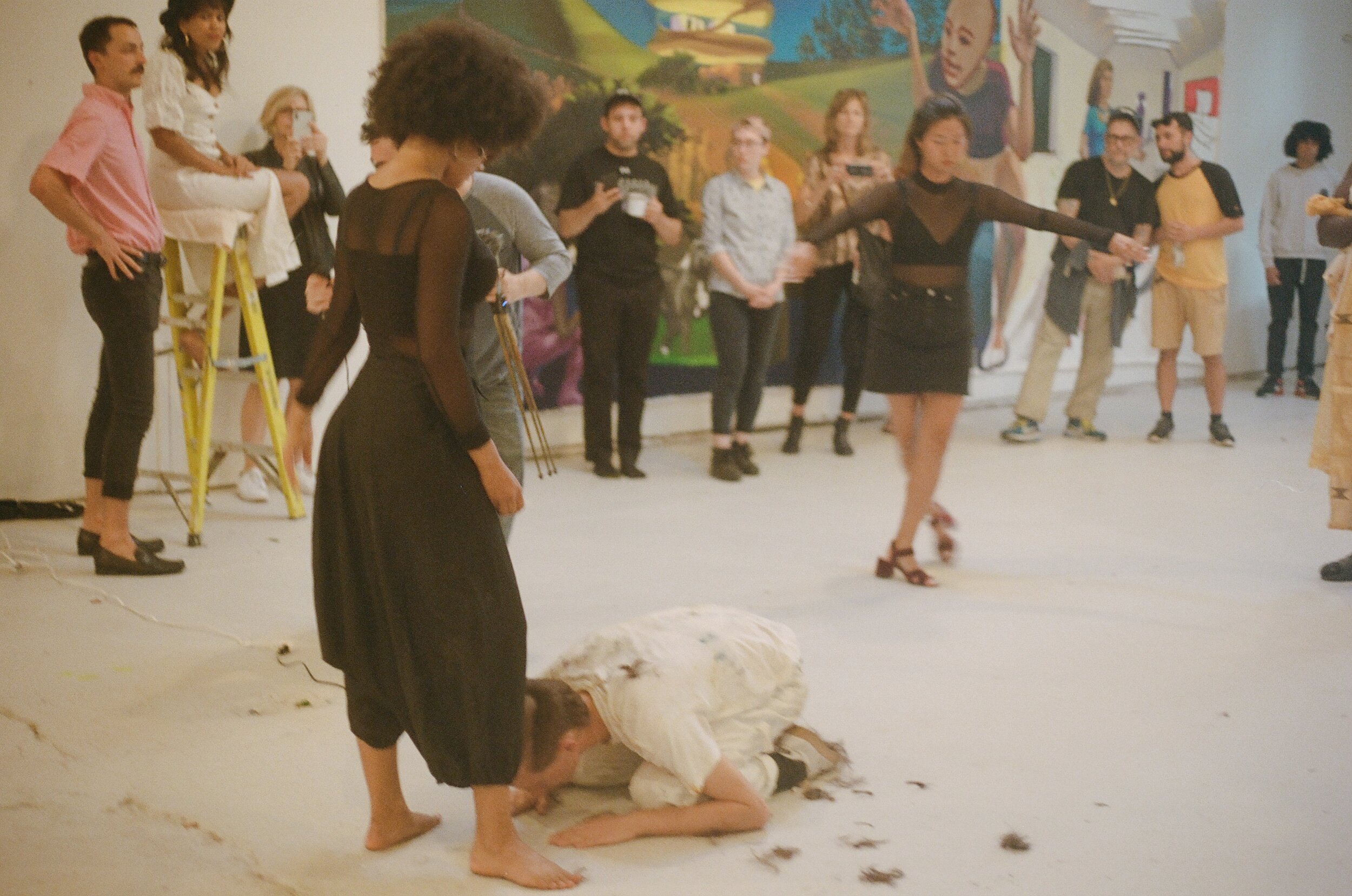
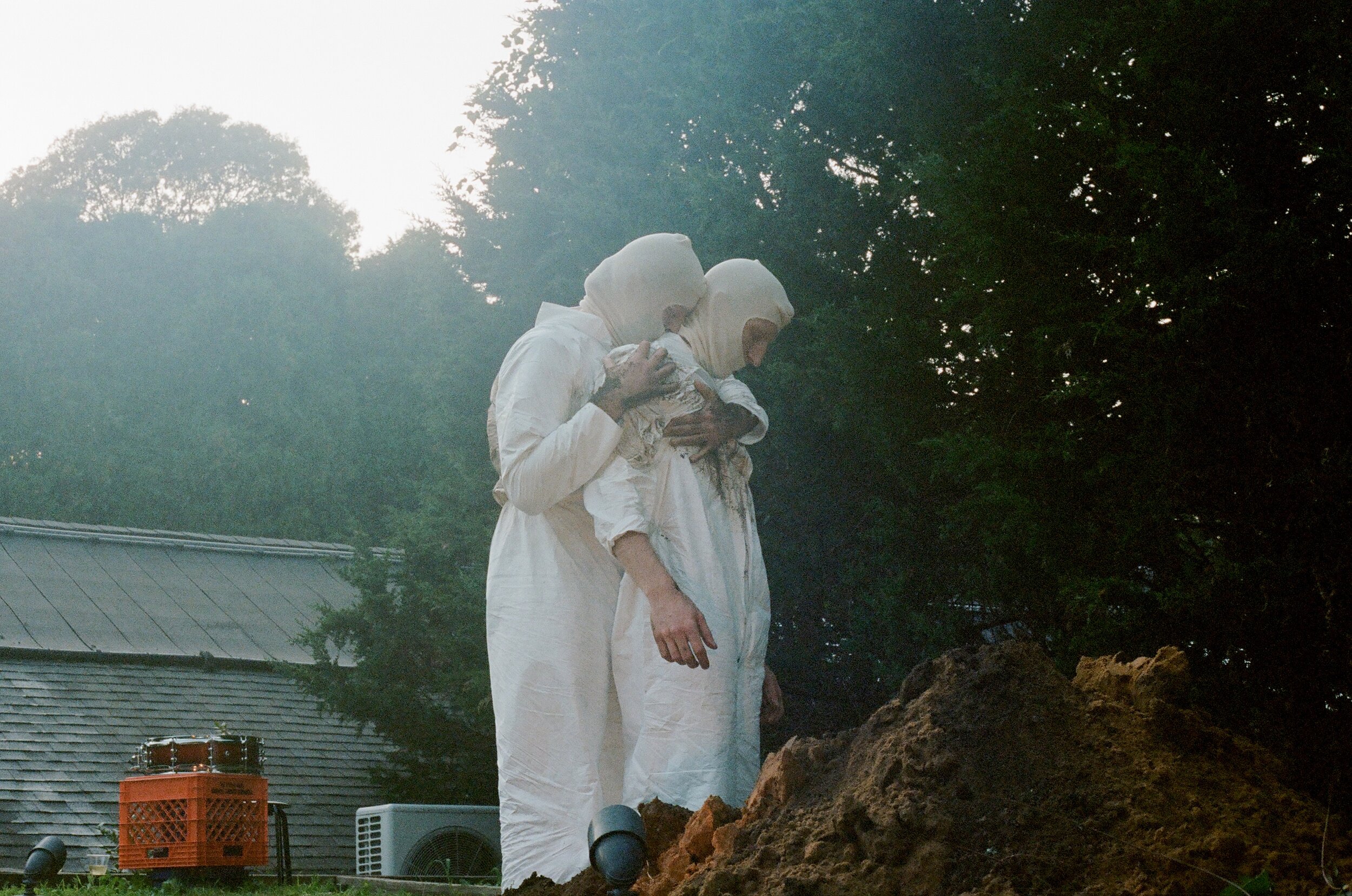
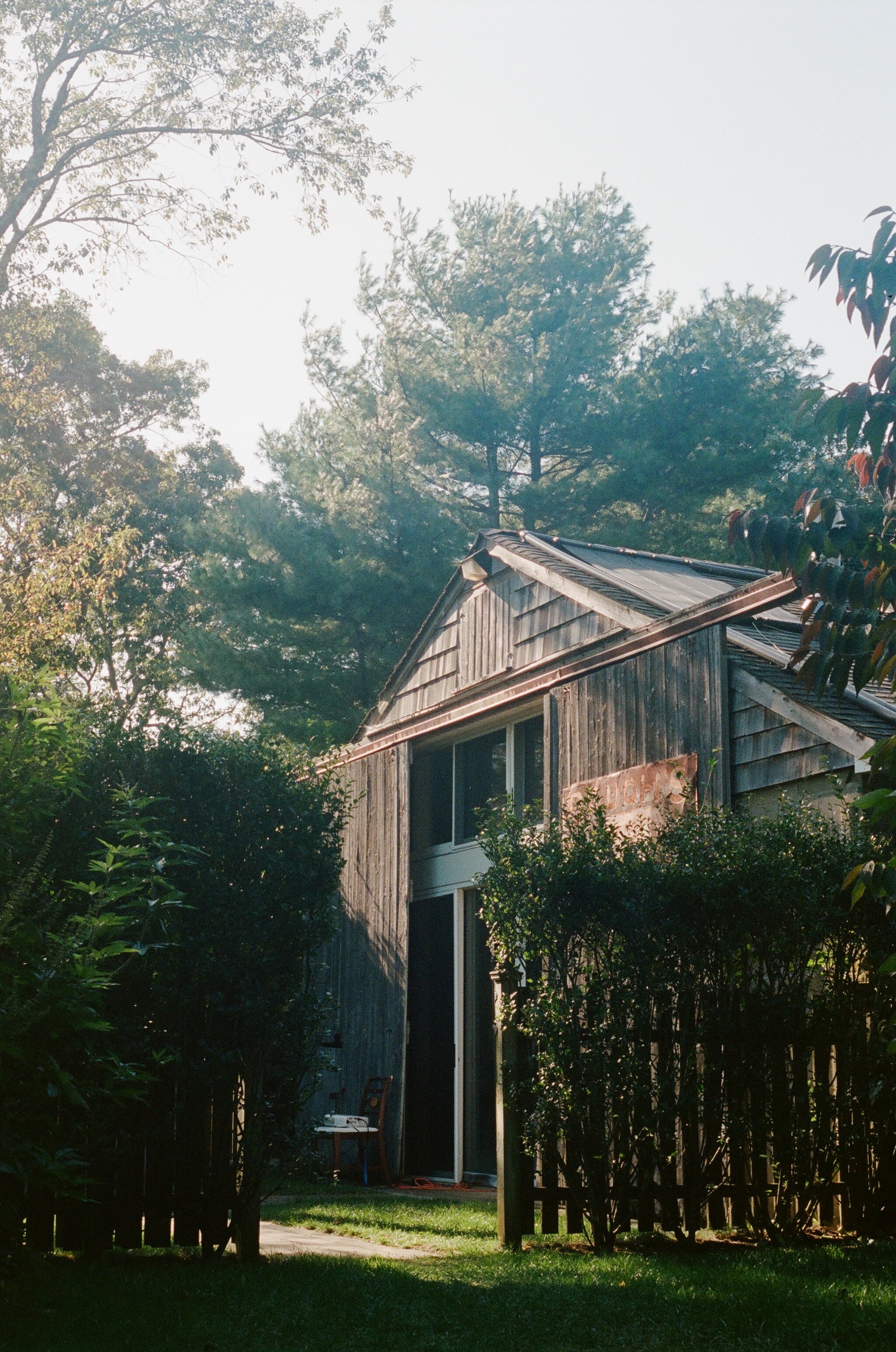


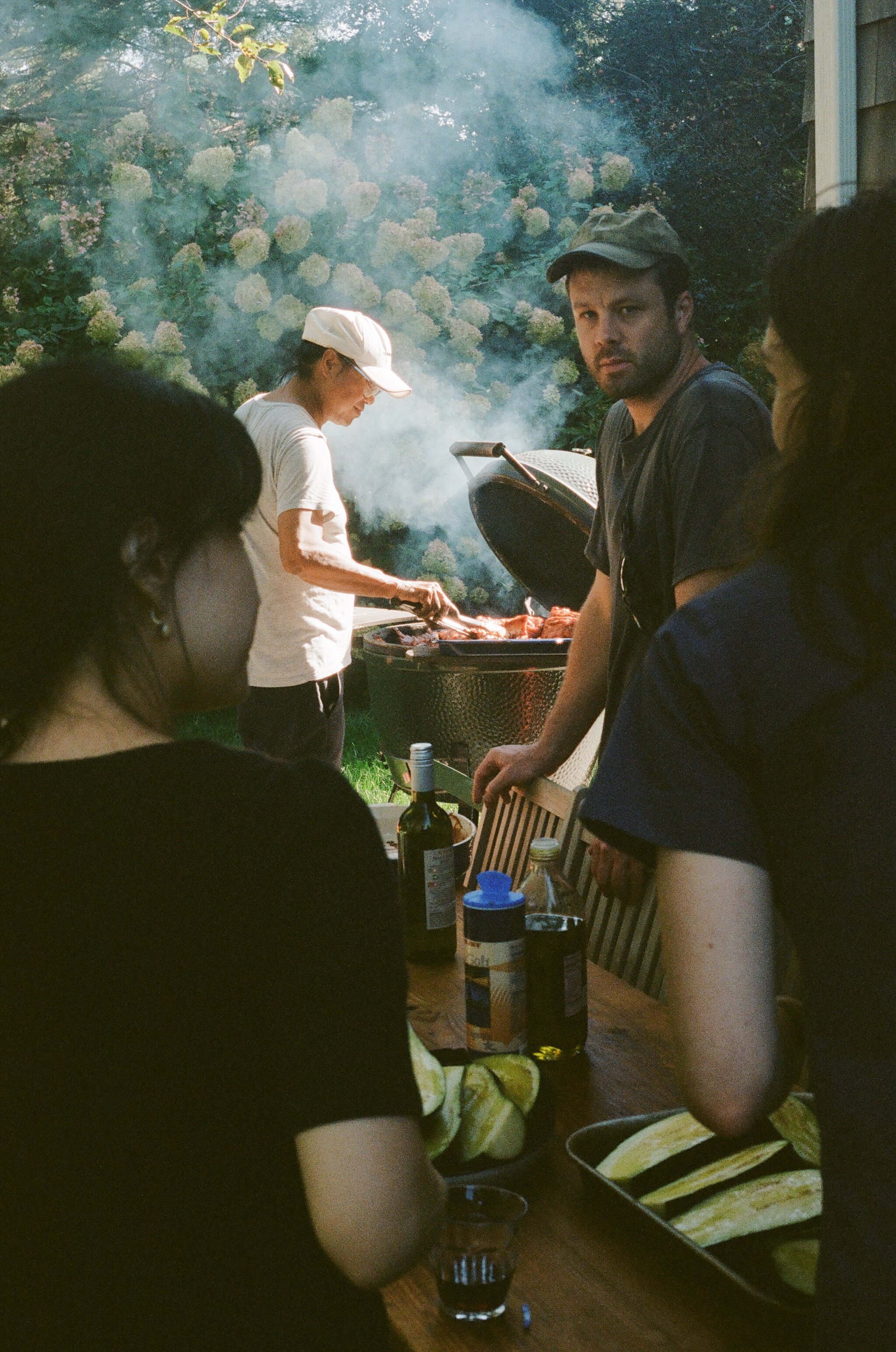
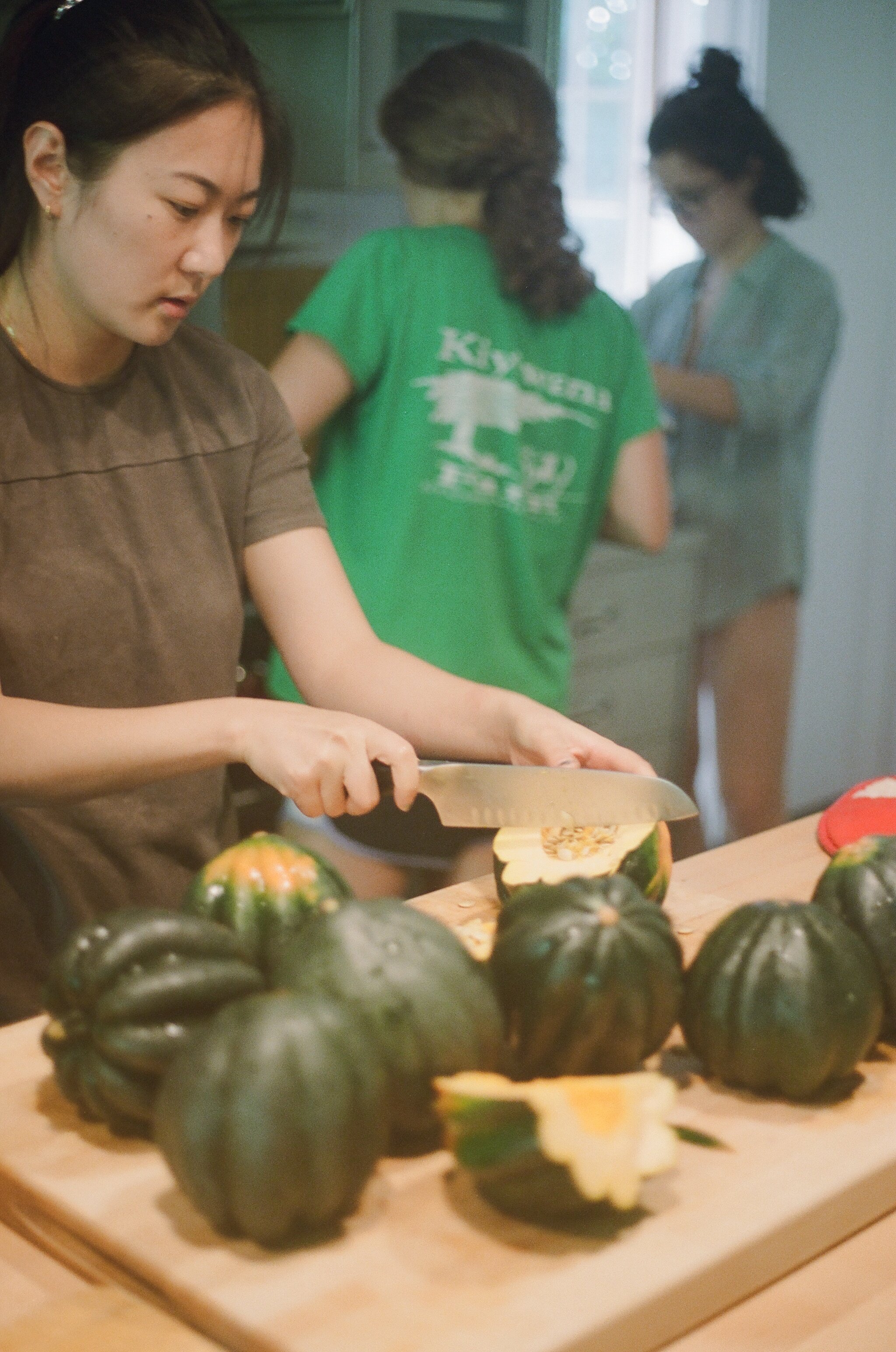
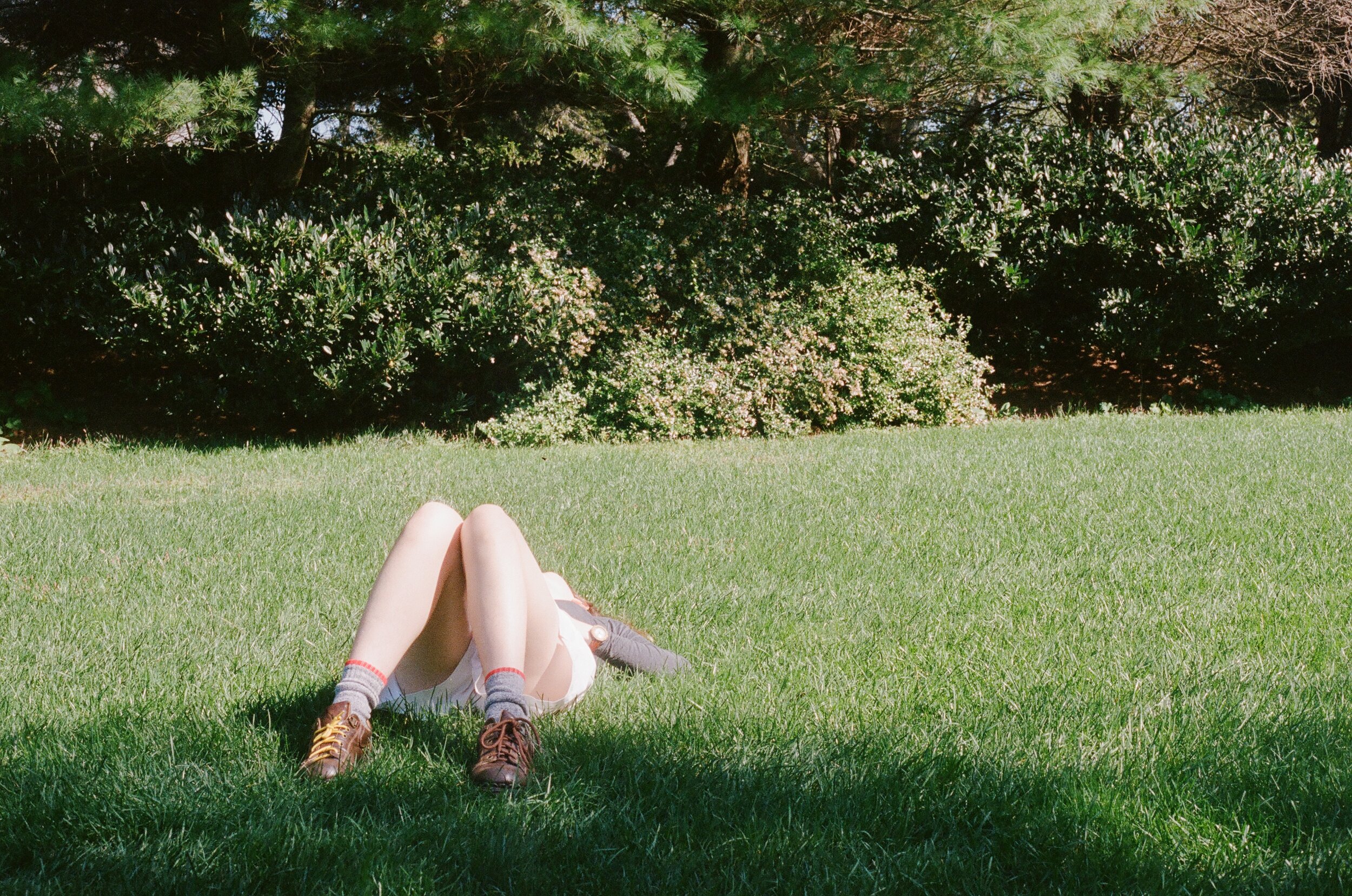







Nocturna is a collection of poetry, a series of paintings, and an event, an imaginative “play,” debuting at Crush Curatorial Amagansett on Saturday, September 28th, at 5 pm.
Visitors from New York may take the 11:30 am train from Penn Station to Amagansett, and return on the 7:52 pm train back to the city, or catch the Hampton’s Jitney.
The project is a collaboration between Jai Hamid Bashir, Patrick Bayly, Beau Rhee, Eleanor Kipping, Amr Sultan, Farouk Oni, Douglas Reiger, Jeffrey Merris, Stefani Eloff, the “Making With-Out Objects” class at Columbia University, and Karen Flatow and Jesse Greenberg of Hesse-Flatow.
Thinking about child’s play, we will stage our “play” by reacting to and interpreting each other’s work, scaling up a game of pretend into a mode of aesthetic production. Essentially the play has been “written,” not through writing alone, but through poetry, painting, sound, performance, choreography, sculpture, and above all, an extended conversation between artists concerning the project itself and the place where it will be performed.
Attendees will see the paintings, hear the poetry, witness the event, and may give their own responses, driving the “play” past what could-have-been designed. Collaboratively, we will dance along the connections between each element of the piece, tracing the conversations from which it arises. Like these conversations, the “play” will be dissonant and experimental, going past the point where we can know where it is: where we can locate ourselves. It will, at times, be out of place with itself, and, at other times, it will be harmonious as we talk over and with each other.
Miming conversation, the event will construct, will signify, an image of a place. It will appear as if something is happening, something which was supposed to happen, and which should happen. This event, an experiment in place-making through conversation, pretend, artistic making, and through experimentation itself — draws on tropes given to our specific cultural inheritance. The “play” draws on Americana, Pop, History, the Hamptons, examining the given-ness of our individual “Americana(s)”. Constructed of our several American Identities through collision, the “play” identifies these as constructions both specific and unknowable. And, like the image of understanding we walk away with from our daily conversations over coffee, the limit of this apparition is defined by the individuals at the table, their attitude, their agreement and their capacity for dissonance. I wonder who will come… to play? Who is able to come? To this place on the Hamptons…
The following dialogue has been edited and compiled from a recording of a conversation that took place during a “rehearsal” for the “play,” in which we, through asking each other, determine the form of the “play.”
We had been talking about parties used as marketing schemes, Hong Kong, and deep-fake apps, when the recording began.
Jai: We privilege vision and sight as, like, the most akin-to-truth sense that we have, I think it’s really going to trouble that. And make us reimagine “what is perception?” Can we really trust what we see as non mediated or mediated? It’s really interesting to talk to photographers specifically, where some might say “I am capturing life, truth.”
Beau: I love what you were saying, about sensory stuff too cause this [gestures to the Corporalities on the floor of the studio] is also kind of strange, “what is body, or smell” even, ways that are non-hierarchical..
Jai: This fits really well with something I have been thinking about, “is there a difference between feeling something mentally and feeling something internally?” I hadn’t really configured it in my practice before, what does it mean to feel a poem mentally or internally, not using the word bodily, using the word internally. I’ve been thinking of it in terms of this play, questioning what is real? One of the things I’ve been thinking about, coming from critical race and queer theories, where we are performing all the time, is questioning what is real. How are we occupying this place, that is not ours, in performing as “artists”, putting on this event? How do we play with it as simulacra? The Hamptons is like a Disneyland, its very Beaudrillardian. I’m thinking about how our performance can make fun/lampoon/observe that better, and how people can feel that internally.
Beau: I’m really interested in this mind-internal question. I write a lot for myself, and over the summer I put together a bunch of small poems, and I read some of your [Jai’s] work, and I was like these are like body poems. I come from dance, its like when things are very deeply felt, but it’s not my mind, it’s a whole thing. I’m also interested in how you can like “sllrrrrp” a place. I don’t know, if i was going to the answer that prompt, it would be something non-rational. I feel like I would have to respond to that in a ‘here’ way [gestures towards the body], I can’t put it into words.
Jai: I love this, i was hoping it would go here. How do we perform power? I don’t know if we want to get actors, we wanted people to consider themselves performance artists. We wanted at one point to have people play archetypical roles, we are interested in myths and meaning making through myths, we wanted someone to come in and embody Nefertiti or Osiris. We didn’t want to create a script. That’s where this feeling something mentally, or internally comes in. I’m just trying to connect all these dots.
Beau: No, because Nefertiti is already too loaded, its already like, Oh my god, HISTORY. “Phew, phew, phew."
Jai: What does it mean to “embody” versus “to play”? We wanted people to embody and play. I think simultaneously wanting both, might mean that there is a difference. How do we feel some of the aesthetic modes that we’ve been thinking about. And how do we play with them?
Patrick: I’m thinking about your “non-rational response” in terms of that question. Like when you [motioning to Doug], were like “I want to put a boat motor in the pool, that flails wildly like an animal.” That’s the response, that’s how you engage with this, unsettle the water. What interests me about this project is reaching out to everyone, seeing that response I never would have thought of, and having this conversation through work — I gave you some stuff that I had written, some stuff Jai had written, and some paintings, and it comes to a boat motor in the pool.
Doug: I was thinking about bringing the Hamptons place to light, and like doing something really rowdy, and my first thought was like, I don’t know, I’ll set a big fire. Well, let’s, like, back off from that. And I’m still talking to Dylan about the boat motor thing. I like it a lot, but I don’t know, yet. The whole hierarchy about how to approach the space is really interesting, and we should really just name our relationship to it. Are we going to be the free circus for Crush? Are we going to be the invaders of Crush? Are we going to be the pleasant party guests, are we going to be absolutely boring? Or just very strange?
Jai: One of my big questions is, how are we going to engage the audience? Are we going to interpolate the people that come as a formation of the performance itself?
Eleanor: I think you posed a really good question. We are doing a theatrical piece, and we’re also doing a performance, and I think it should be able to exist regardless of whether or not there is an audience in the space. If we have a five o’cock start time, we go until we feel, internally, that its done, whether we have 1 audience member or 1000. Obviously, their presence would alter the piece, we decide in what way.
Jai: Are you still think about inviting the audience to play characters?
Patrick: Yea.
Eleanor: Is this like a happening? I know a large part of it will be improv, but at some point we do need to make decisions to see something happen. But do you see this as a happening? Where there is no narrative, there is no character, there is no sort of through line? Or do you see it where there are these sort of characters, co-existing narratives, overlapping each other, in a free form way?
Patrick: I think I see it that way.
Eleanor: and that’s what I’ve imagined based on our conversations this year.
Beau: But I also think it would be cool, with a structure-thing, to have a very open score. Say there are 15 people, and each one has a question, and it could be one page, it doesn’t have to be set and timed. I’m just riffing off of you. I’m actually really interested in embodying myth, too. I could do a character, or like.. I would be interested in doing something trace-like. I thought it would be cool to also have a formal link.
Patrick: If there was an art historical precedent, it would be the 1952 event at Black Mountain College. Merce Cunningham had people walk through the audience and collide with them, Rauschenberg sat on a ladder and yelled things occasionally, and Cage got up to play the piano, but didn’t play anything for four minutes. And Rauschenberg’s white paintings were just suspended from the ceiling. There are these 4 or 5 things that are happening formally that are set, that are colliding, with each other.
Eleanor: That’s what I imagined, there’s sort of an entry point, which is important, especially if we are talking about access, and power, as a gate. I don’t mind if there is an ending…orgasm, you know what I mean? I also like the idea of it happening at the same time, they both have benefits to weigh.
But I pictured there being like 4 locations, that people can interact with, that have roles and elements that we are directing across all of the spaces.
Beau: I also like this idea of party. Navigating this like a party, if it is going to be people coming in and going out, the space has that.. [gestures towards the volume of the space].
Patrick: I like the party idea, too. The illogical response. I mean — Ah, I’ve got it, let’s cover ourselves with dry leaves and wax and dance around! So maybe that could be a formal structure for this event, rather than the Cage event.
Beau: I think the next time we meet we need to draw up a score. Maybe not like literal, but like prompts or ideas.
Patrick: The last thing I want to pose before we break, is that we have been talking a lot about antagonizing the structures we’ve identified, which is definitely what I’m interested in. But, Karen and I have also been talking about an idea of an “aesthetics of care,” which is like Assad Razza, who did a piece in the last Whitney Biennial, did a collaborative performance here last year.. That’s something to think about too, in this direction. Maybe a more complicated reaction to all of this.
Eleanor: Can you send us the info on that?
Talking to Amr a few days later, about the mix he’s putting together for the event. We’ve talked about dissonance and anxiety, and he’s put together a guitar section.
Amr: I just want this part to be like we are going to beach, its all good.
Patrick: I’m really glad that you brought that in, too, because that’s what it’s actually like to be there.
Amr: Yea, like making a straight up industrial house beat is how I connect with some of this anxiety, some of your anger. But, Yea, I mean focusing only on the negative is contrived. Like sure there are all these serious things happening there, but I would bet that even the people who are enchained in this system, this support system we talked about, feel this way when they are going to the beach. I think they would like it.
It’s like everything gets washed away.
Patrick: Like in global warming? These big houses getting washed away? Just messing with you.